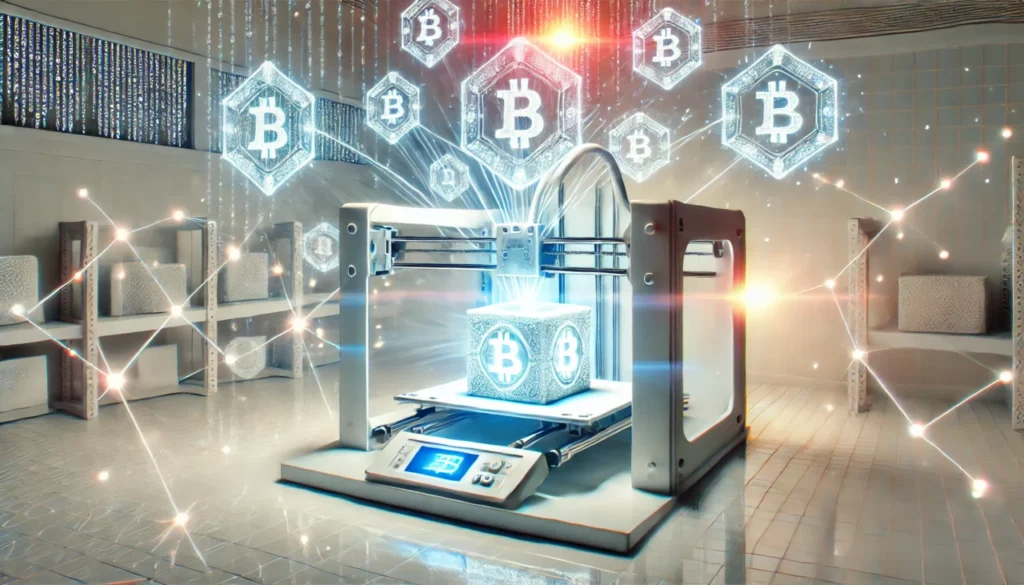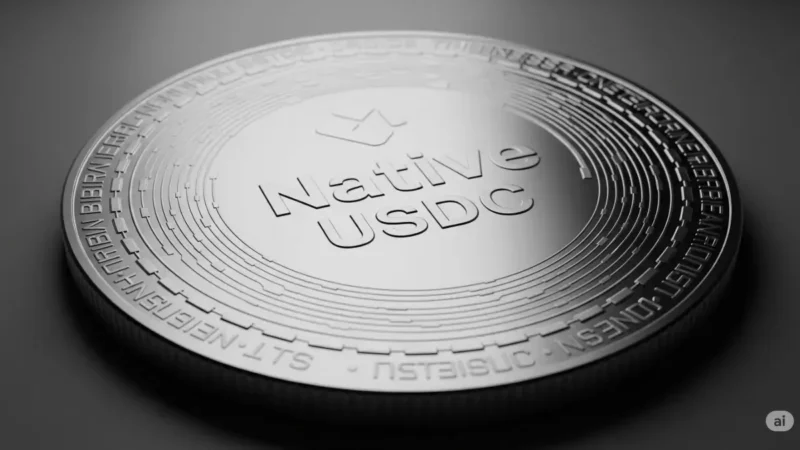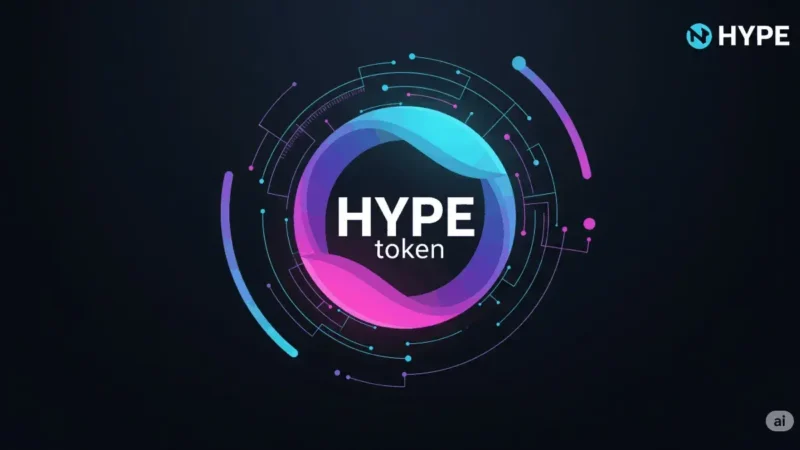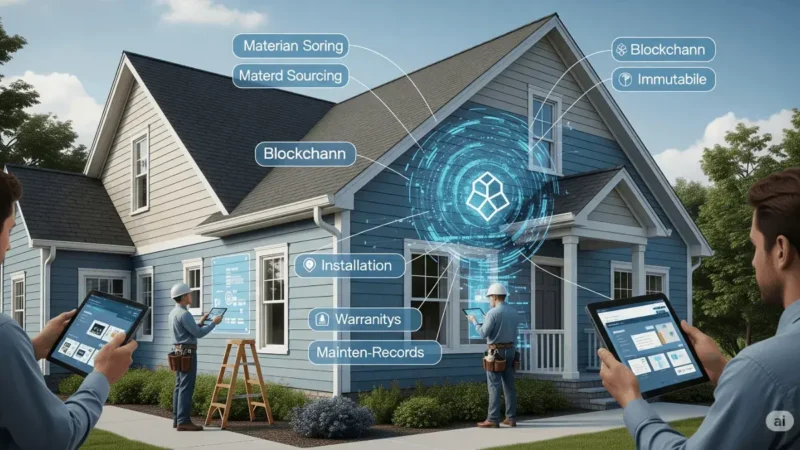Revolutionizing Industries: 3D Design with Blockchain

The integration of blockchain technology with 3D design is revolutionizing industries, from entertainment and architecture to manufacturing and gaming. By combining secure decentralized systems with cutting-edge 3D modeling, this fusion enhances transparency, collaboration, and efficiency. This article explores the groundbreaking impacts of 3D Design with Blockchain, its practical applications, and its potential for shaping the future.
- 1. Understanding 3D Design and Blockchain
- 2. The Intersection of 3D Design with Blockchain
- 3. Applications of 3D Design with Blockchain
- 4. Challenges in Adopting 3D Design with Blockchain
- 5. Future Trends in 3D Design with Blockchain
- 6. How to Get Started with 3D Design on Blockchain
- 7. Real-World Examples of 3D Design with Blockchain
- 8. Frequently Asked Questions (FAQs)
- Conclusion: The Potential of 3D Design with Blockchain
1. Understanding 3D Design and Blockchain
Before diving into their combination, it’s essential to grasp the basics of 3D design and blockchain.
What is 3D Design?
3D design involves creating three-dimensional objects using specialized software. Commonly used in industries such as gaming, film, and engineering, 3D design encompasses modeling, texturing, and rendering to produce lifelike representations of objects.
What is Blockchain?
Blockchain is a decentralized ledger technology that ensures secure and transparent transactions. By storing data in an immutable and distributed manner, blockchain eliminates the need for intermediaries while enhancing trust in digital systems.
2. The Intersection of 3D Design with Blockchain
The convergence of these two technologies offers a wide array of possibilities. From streamlining workflows to ensuring intellectual property (IP) protection, 3D Design with Blockchain is unlocking new opportunities.
Key Benefits of Integration:
- IP Protection: Blockchain ensures proof of ownership for 3D designs, preventing unauthorized use.
- Enhanced Collaboration: Smart contracts automate processes, ensuring smooth teamwork across global teams.
- Traceability: Blockchain provides a detailed record of design changes, making it easier to track project history.
3. Applications of 3D Design with Blockchain
3.1 Gaming and Virtual Worlds
In gaming, blockchain facilitates the creation of unique in-game assets through non-fungible tokens (NFTs). Players can buy, sell, or trade 3D-designed assets while maintaining verified ownership.
3.2 Architecture and Construction
Blockchain helps manage architectural projects by securely storing 3D building models. Teams can ensure consistency in design iterations and track construction progress with immutable data.
3.3 Manufacturing and Prototyping
In manufacturing, 3D design aids in prototyping, while blockchain ensures secure data sharing between stakeholders. This combination enhances the production pipeline, reduces errors, and speeds up delivery.
3.4 Digital Art and NFTs
Artists are leveraging blockchain to mint their 3D designs as NFTs, ensuring authenticity and fair monetization. The decentralized nature of blockchain guarantees creators’ rights and royalties.
4. Challenges in Adopting 3D Design with Blockchain
While the advantages are compelling, challenges remain:
- Complexity: The integration process requires technical expertise in both domains.
- Cost: Implementing blockchain solutions can be expensive for small-scale projects.
- Scalability: Ensuring blockchain systems can handle large-scale 3D projects is still a hurdle.
- Interoperability: Compatibility between different platforms remains a key issue.
5. Future Trends in 3D Design with Blockchain
5.1 Decentralized Metaverses
The rise of the metaverse highlights the importance of 3D assets. Blockchain enables secure ownership and trade of virtual properties, avatars, and objects, paving the way for decentralized digital worlds.
5.2 AI-Driven 3D Design
Combining AI with blockchain and 3D design will enable the creation of smarter, more dynamic virtual environments, tailored to user preferences.
5.3 Cross-Industry Collaboration
Blockchain can bridge gaps between industries, enabling seamless sharing and reusability of 3D assets across gaming, manufacturing, and entertainment.
6. How to Get Started with 3D Design on Blockchain
For those looking to leverage the benefits of 3D Design with Blockchain, here’s a step-by-step guide:
- Choose a Blockchain Platform: Popular options include Ethereum, Solana, and Polygon for 3D projects.
- Select 3D Design Tools: Blender, Autodesk Maya, or Cinema 4D are great for creating professional-quality models.
- Integrate with Blockchain: Use APIs and smart contracts to link your 3D designs to the blockchain.
- Mint as NFTs (Optional): Convert your designs into NFTs for secure ownership and monetization.
- Test and Deploy: Ensure your system works seamlessly before launching your project.
7. Real-World Examples of 3D Design with Blockchain
7.1 Decentraland
A virtual world powered by blockchain, Decentraland allows users to buy, sell, and build on virtual plots using 3D design tools.
7.2 CryptoVoxel
This platform integrates blockchain with 3D design to enable users to create and monetize digital real estate.
7.3 Autodesk Collaboration
Autodesk has begun exploring blockchain for design verification, ensuring the authenticity of 3D models.
8. Frequently Asked Questions (FAQs)
What is 3D Design with Blockchain?
It is the integration of blockchain technology with 3D modeling tools to enhance transparency, security, and ownership of designs.
How does blockchain improve 3D design?
Blockchain ensures secure IP protection, streamlined collaboration, and traceability of design modifications.
Can I create NFTs from 3D designs?
Yes, 3D designs can be minted as NFTs, allowing creators to sell their work while retaining ownership rights.
Which industries benefit from this integration?
Gaming, architecture, manufacturing, and digital art are the primary industries leveraging 3D Design with Blockchain.
Are there free tools for beginners?
Blender is a free 3D design tool, and blockchain platforms like Polygon offer low-cost entry points for beginners.
What are the main challenges of this integration?
The main challenges include technical complexity, scalability issues, and high implementation costs.
Stay tuned for daily cryptocurrency news!
Conclusion: The Potential of 3D Design with Blockchain
The integration of blockchain technology with 3D design is revolutionizing creative and industrial processes. From gaming to architecture, this innovative fusion is unlocking unparalleled opportunities for security, collaboration, and monetization. While challenges persist, the potential for growth and innovation is limitless.
As industries increasingly embrace decentralized solutions, 3D Design with Blockchain will undoubtedly shape the future of digital innovation.



